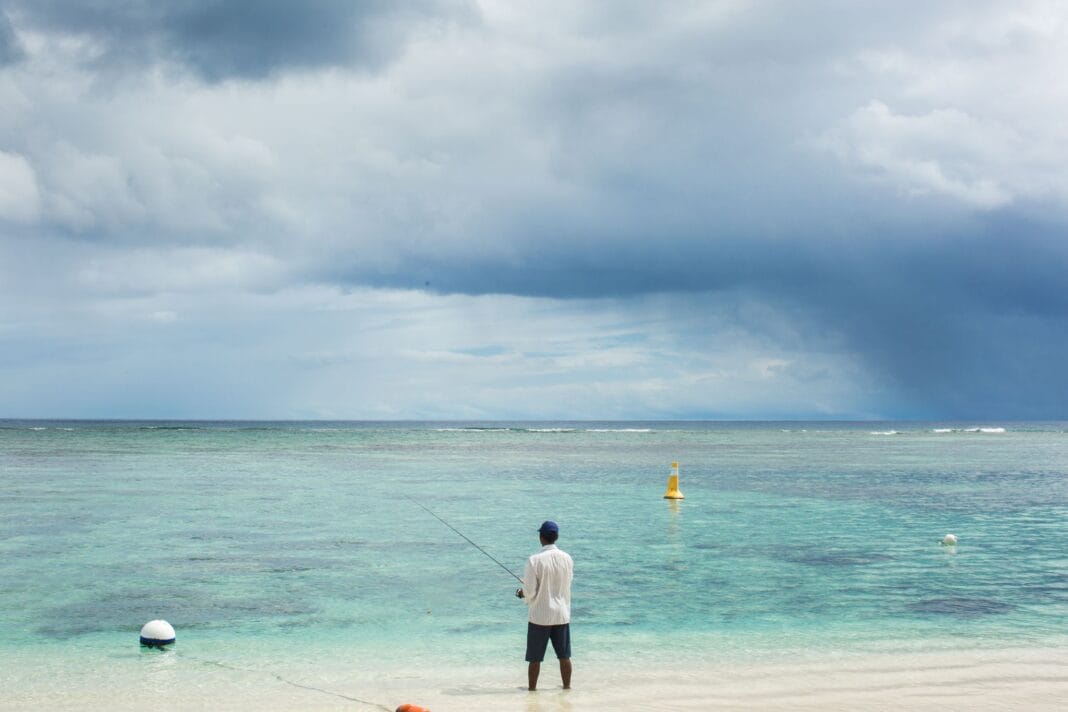One of the most critical yet often misunderstood factors in saltwater fishing is the influence of the tide. Understanding how tides work and their impact on fishing can significantly enhance your fishing experience. This article goes into the science of tides and their implications for saltwater fishing, providing anglers with the knowledge necessary to optimize their fishing adventures.
What Are Tides?
Tides are the regular rise and fall of sea levels caused by the gravitational interactions between the Earth, moon, and sun. These gravitational forces create bulges in the ocean, leading to high and low tides.
The Role of the Moon and Sun
The moon plays a pivotal role in the generation of tides due to its proximity to Earth. Its gravitational pull creates two tidal bulges: one on the side of Earth facing the moon and the other on the opposite side. The sun also influences tides. When the sun, moon, and Earth align, the sun’s gravitational force enhances the moon’s effect, resulting in more extreme tides known as spring tides. Conversely, when the sun and moon are at right angles relative to Earth, neap tides occur, characterized by less variation in water levels.
Types of Tides
- Diurnal Tides: These consist of one high tide and one low tide each day, commonly occurring in the Gulf of Mexico and parts of the Caribbean Sea.
- Semi-diurnal Tides: Featuring two high tides and two low tides of similar heights each day, these are typical along the Atlantic coast of the United States and Europe.
- Mixed Tides: These show varying heights in successive high and low tides, and can be found along the Pacific coast of the United States.
The Impact of Tides on Saltwater Fishing
Understanding tides allows anglers to predict fish behavior, movement, and feeding patterns, which can significantly improve their catch rates.
Fish Movement and Feeding
Tides influence the movement of fish species in several ways:
- Increased Water Movement: As tides rise and fall, they can create currents that transport food, attracting fish to these areas. During high tide, baitfish and other prey often move with the incoming water, leading predatory fish to follow.
- Access to Feeding Grounds: High tides can inundate previously dry areas, such as tidal flats and marshes, allowing fish to access rich feeding grounds. Conversely, during low tide, fish may retreat to deeper waters, making them more concentrated and easier to target.
Ideal Fishing Times
Tides can dictate ideal fishing times. Generally, the periods just before and after high and low tides—known as slack tides—are prime times to fish. During these times, water movement slows, and fish become more active and easier to catch.
Tidal Influence on Bait and Lures
The choice of bait and lures can also be affected by tidal movements. For instance, using bait that mimics local prey moving with the currents during high tide can be highly effective. Understanding local tidal cycles helps anglers select the best presentation for attracting fish.
Local Tide Charts and Their Importance
Access to local tide charts is crucial for any saltwater angler. These charts provide information on the timing and height of tides, allowing fishermen to plan their trips accordingly. Consulting a tide chart helps anglers determine the best possible conditions for their specific fishing location and target species.
The dynamic nature of tides plays a crucial role in saltwater fishing. By understanding how tides work, their cycle, and their effect on fish behavior, anglers can optimize their fishing strategy to increase their success. Knowledge of tides enables fishermen to select the best times, locations, and techniques, making their time on the water both productive and enjoyable. For anyone interested in saltwater fishing, making tides a central part of their angling plan is essential for maximizing the fishing experience.



